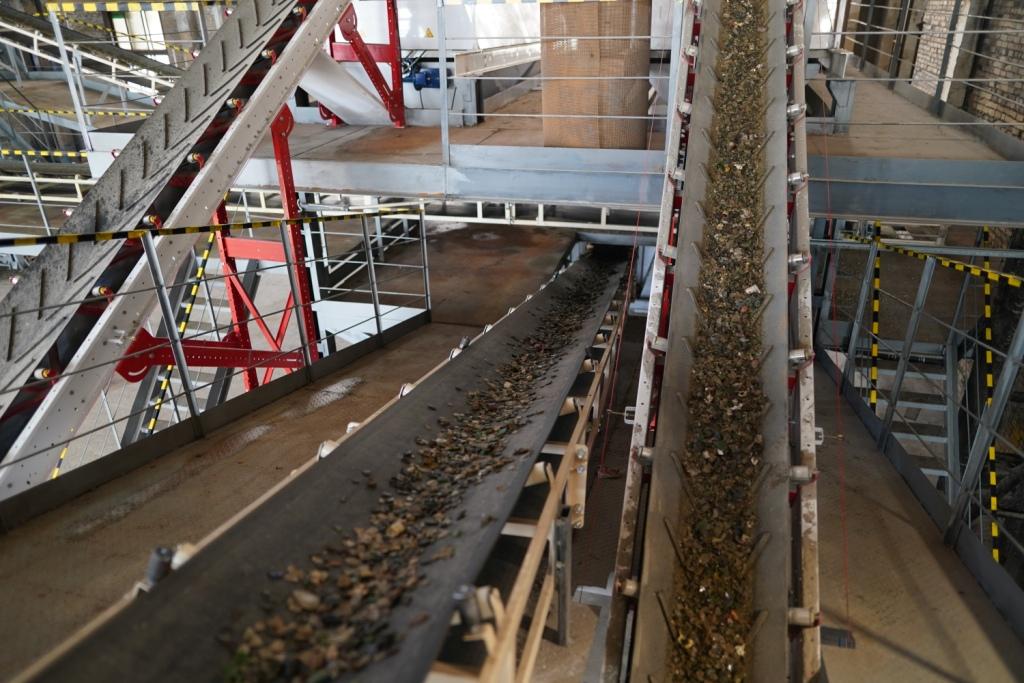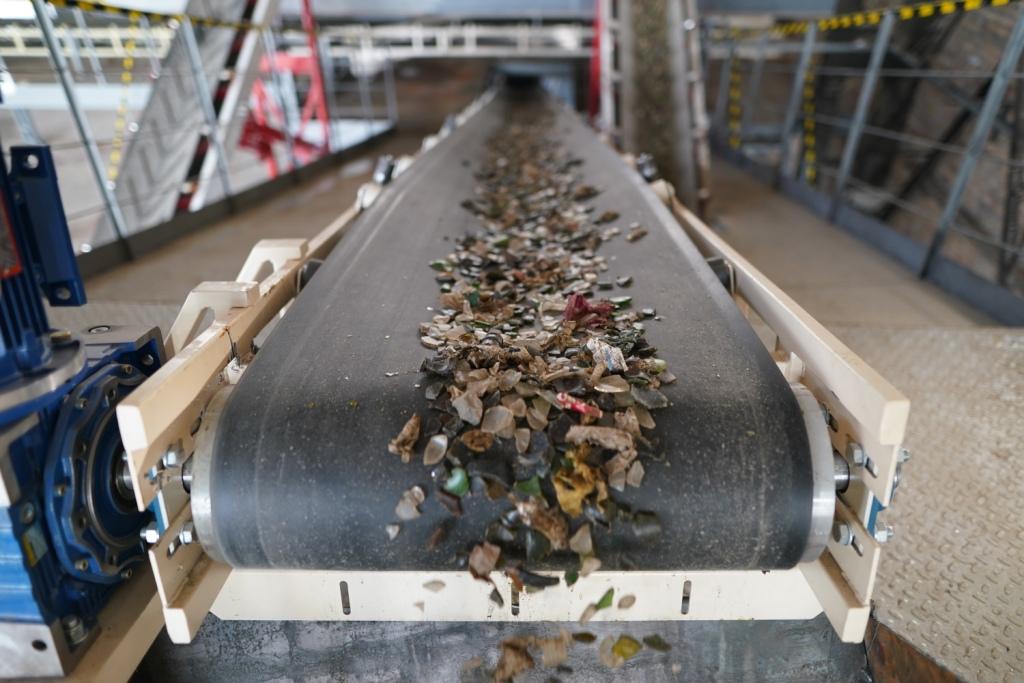Господдержка предприятий-производителей строительных материалов

 Dear colleagues, we are publishing news about the member of the Association "StekloSouz" of Russia, LLC Sibirskoye Steklo (Sibsteklo):
Dear colleagues, we are publishing news about the member of the Association "StekloSouz" of Russia, LLC Sibirskoye Steklo (Sibsteklo):
LLC Sibirskoye Steklo (Sibsteklo, one of the leading manufacturers of glass containers in Russia, an asset of RATM Holding) was included in the new register of legal entities and individual entrepreneurs engaged in the disposal of waste from the use of goods, which is formed by Rosprirodnadzor. In the database, Sibsteklo has become the largest recycler of glass waste, as well as the first enterprise from the Novosibirsk Region registered there.

According to the assessment of Anton Mor, General Director of Sibsteklo, since 2024, in order for the mechanism for implementing extended producer responsibility (EPR) to become as transparent as possible, the rules for creating the register have been complicated:
- The company has passed an inspection of the compliance of the declared recycling capacities with the actual ones, provided certificates and technical passports for the equipment. Thus, we have received the right to provide recycling services to legal entities not included in the register. In particular, importers of glass packaging and goods in glass packaging. According to the standards established within the framework of the EPR, in 2025 they, as well as Russian glass factories, must recycle 55% of used glass containers - imported into the country or manufactured in the Russian Federation. For example, in our case, this is at least 130 thousand tons of glass. When moving to a closed-loop economy, we are ready to increase volumes; there are opportunities for this.

It has been confirmed that the equipment at Sibsteklo ensures the recycling of 203 thousand tons of glass waste per year. At the site of the Ekran industrial park, where the enterprise is located, a technological complex for processing glass waste has been put into operation, with an annual capacity of 132 thousand tons of recyclable materials. In 2024, Sibsteklo sent 71 thousand tons of secondary glass (equivalent to 1,090 railway cars) to glass furnaces, thereby saving more than 85 thousand tons of mineral resources. In addition, industrial experiments to increase the share of cullet in the production of brown containers to a record 80% were successfully carried out in glass complexes.
